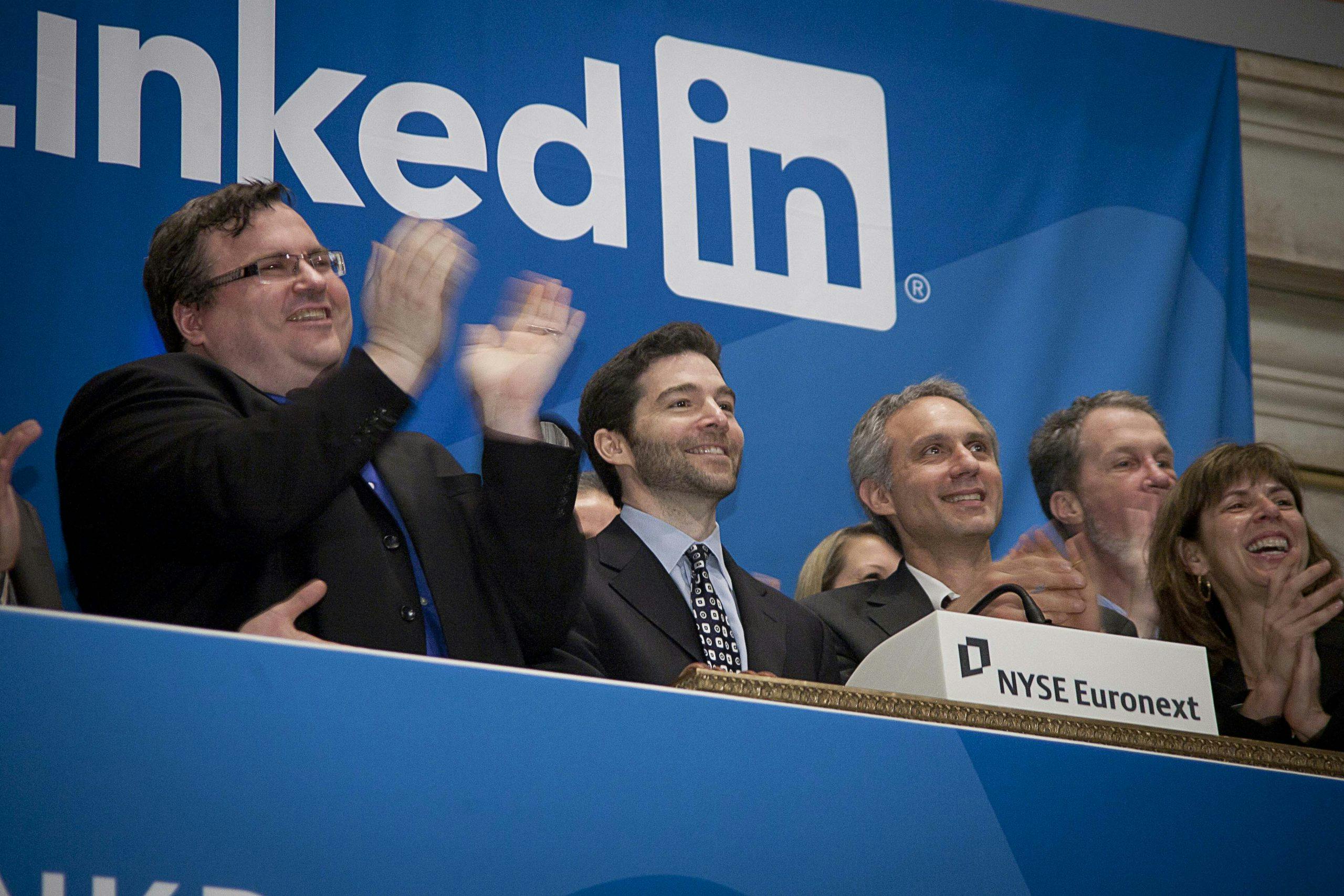I write this knowing that I might get a clearer idea next week at LinkedIn’s Talent Connect conference. Or maybe not. In fact, I’m guessing I’ll get a skewed answer tailored to the audience of talent acquisition pros that will descend on Vegas. I’m not completely interested in just that, though.
The most important thing that LinkedIn brings right now for all of their paying customers are fresh people. Whether you’re advertising a job, using their recruiting solutions product, a marketer, a business development professional or even just a premium account holder, you want both new people coming in and returning visitors (who will also keep their profile information updated).
LinkedIn seems to have found their answer to the question of how they will accomplish that.
It was the latest announcement, the ability to follow certain thought leaders, that led me to wonder about the newest direction LinkedIn is taking to achieve their one most important thing: new and returning visitors. And while we here at SourceCon often focus on the ways we can get around new restrictions LinkedIn places on people searches within their network, it should be worth noting that it is all worth nothing if the data is old, no good, or if people just aren’t there.
LinkedIn seems to be entering the curated content game, not just with outside publications (even SourceCon is occasionally featured on LinkedIn Today), but with their own, long-form content that lives on the site. In fact, it appears they are banking heavy on it. Don’t believe me?

That colorful, picture filled graphic in the smack middle of the home page is their curated content piece. Want more proof? Take a look at their iPad app.

Curated content, right on the top. Sure, some of it is updated from my groups (though, meaningful group interaction seems to be missing) and a lot are links that my connections are sharing. But self-curation is still curation. While I won’t be the first person to compare the app to Flipboard on iPad, it definitely feels like that. The topics and people I follow dictate my reading experience. Nobody’s experience will look and feel the same.
This is a far pendulum swing from the initial criticisms of LinkedIn: that it was a social network that was not social. Initially, you had these inter-connected networks of people and that was it. A virtual rolodex. Then, slowly but surely, you add things like groups, status updates, then status updates from Twitter (which they got rid of, thankfully), then Q&A, and then… professional content. And you mash it up with jobs, recruiter and advertising products and being able to follow individual companies and you have what LinkedIn looks like today:
A very social, professional content network that doubles as a large, semi-covert talent search platform.
Based on their app, it is very clear what LinkedIn feels is important is this curated social content piece. That’s the hook, especially in the mobile world.
On the website though, it is still unclear exactly what LinkedIn wants us to do on the site. In the top navigation, groups and jobs are right next to your profile and contacts but they aren’t given the same prominence throughout the site that curated news and status updates are given. There’s still a Q&A function buried in the site when it should simply be abandoned. Sloppy integrations with Slideshare and an unsteady relationship with those who use their API function have left some dimes on the table and maybe some hurt feelings. But given the stock price and the company performance, they can’t be too sad about their shortcomings right now.
I don’t know what usage numbers look like on the app but that’s certainly a better model than the jumble that is their current web product. For the vast majority users, the LinkedIn experience should be all about their profile and presenting relevant content from their network, contacts, and groups. If they could nail that correctly, they could get what they and their customers want a lot more of: daily return visitors.
With return visitors, they can gently nudge them into making updates to their profiles or even suggesting things like jobs, connections, groups or companies to follow. They’ll be more likely to see messages and interact with other connections on the site.
Maybe LinkedIn will have something out of left field next week that will up the recruiting game on LinkedIn. I haven’t a clue. But, if their focus is on attracting fresh people to the site every day, recruiters can’t be unhappy about that unless they continue to shut off access to people search functionality. That is something we hope to get more clarity on when we’re on site next week.
